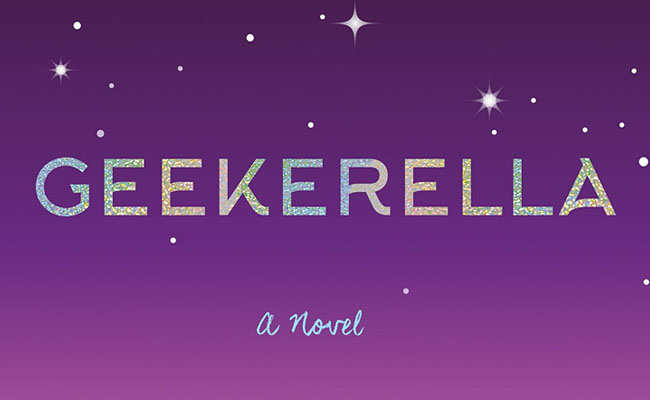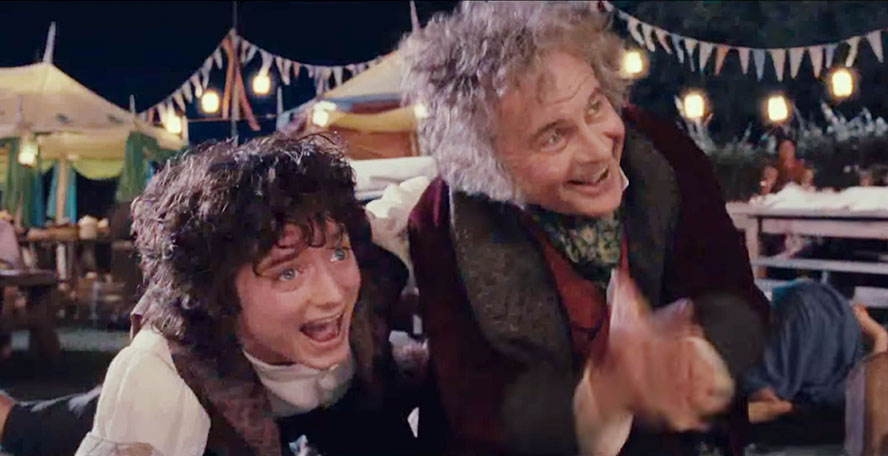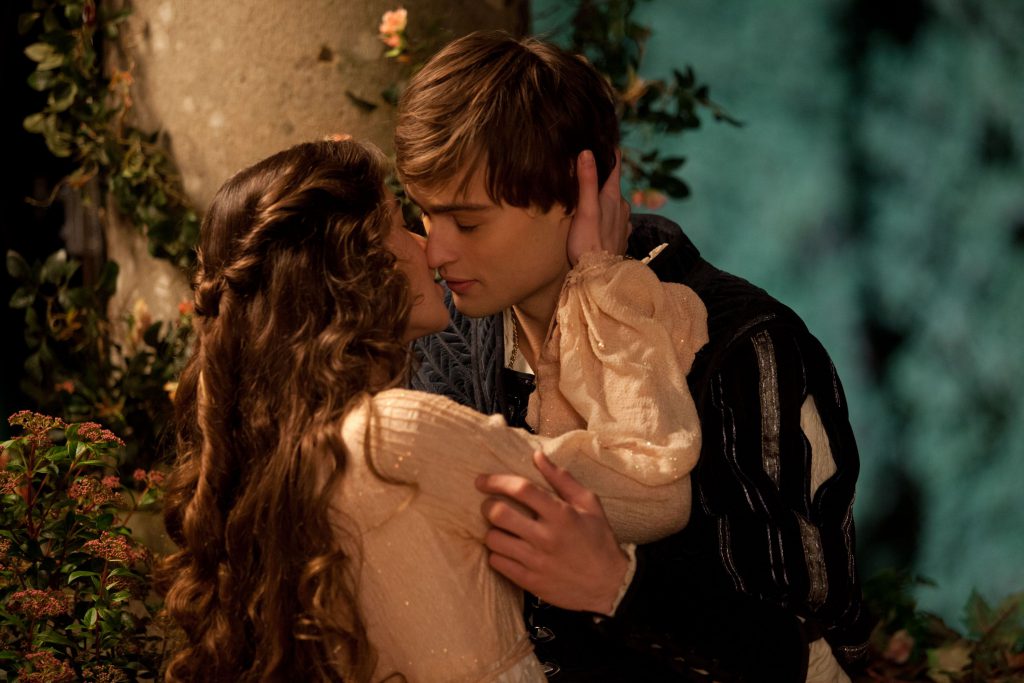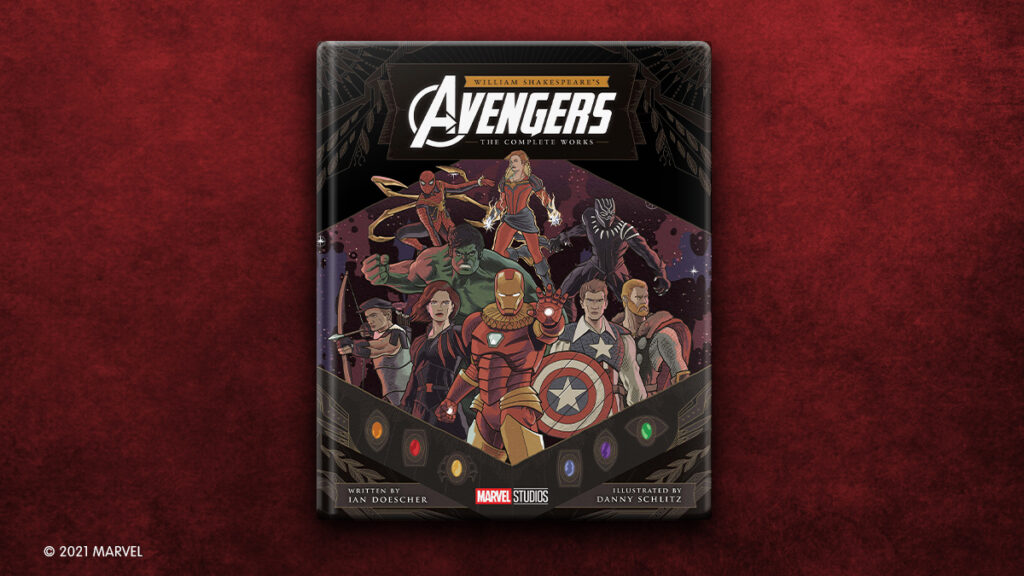Iä! Get My Publicist on the Phone: Ten Notable Pop Culture Appearances by Cthulhu (and Kin)
He’s not supposed to rise from the sunken city of R’lyeh until the stars are properly aligned. But ever since “Call of Cthulhu” debuted in Weird Tales magazine 85 years ago this month, Lovecraft’s famous horror icon has certainly kept his tentacled face in the public eye. Trying to catalog all of the Dread One’s appearances would likely destroy your soul and your sanity. But in honor of his 85 years of literate existence, here are ten notable sightings of Cthulhu and his fellow things-that-should-not-exist.
The Grim Adventures of Billy and Mandy
 In "Prank Call of Cthulu," hapless, enormous-nosed Billy makes yet another bad choice when he and a friend use the “phone of Cthulhu” to make a prank call. Naturally they end up being shanghaied into a telemarketing scheme of unnatural awfulness, making phone calls that transform the residents of Endsville into tentacled monsters. As is common among middle managers, Cthulhu himself spends most of his time playing golf while his human slaves do all the work. Eventually “Mr. Katooloo” is undone by a pissed-off Mandy and the cowardly Grim Reaper (which is basically the ending of every episode of this fantastic series).
In "Prank Call of Cthulu," hapless, enormous-nosed Billy makes yet another bad choice when he and a friend use the “phone of Cthulhu” to make a prank call. Naturally they end up being shanghaied into a telemarketing scheme of unnatural awfulness, making phone calls that transform the residents of Endsville into tentacled monsters. As is common among middle managers, Cthulhu himself spends most of his time playing golf while his human slaves do all the work. Eventually “Mr. Katooloo” is undone by a pissed-off Mandy and the cowardly Grim Reaper (which is basically the ending of every episode of this fantastic series).
South Park
 If Cthulhu were to make a grab for power in this day and age, he’d surely include television in his marketing plan. So perhaps his appearance in the “Coon 2” arc of South Park is just a form of product placement. In any case, it appears even a being of cosmic horror is no match for the earthly nastiness of Cartman, who manipulates dread Cthulhu into pursuing his own petty goals (wiping out Justin Beiber in the process, so there is that). In the end it’s back to his own dimension for the Great Old One, and we’re left pondering the interesting connection between Kenny and the Cult of Cthulhu.
If Cthulhu were to make a grab for power in this day and age, he’d surely include television in his marketing plan. So perhaps his appearance in the “Coon 2” arc of South Park is just a form of product placement. In any case, it appears even a being of cosmic horror is no match for the earthly nastiness of Cartman, who manipulates dread Cthulhu into pursuing his own petty goals (wiping out Justin Beiber in the process, so there is that). In the end it’s back to his own dimension for the Great Old One, and we’re left pondering the interesting connection between Kenny and the Cult of Cthulhu.
AD&D’s Deities and Demigods
 Of course there have been many games, both video and tabletop, based on Cthulhu mythology. But waaaaaay back in 1980, TSR planted an early flag in Lovecraft country by including the Cthulhu mythos in this supplement for the venerable Advanced Dungeons and Dragons game line. Could Odin take out Azathoth? Which is tougher, a Shoggoth or a 15th-level Paladin? What would Yog Sothoth look like if drawn by Erol Otis? These are exactly the questions Lovecraft wanted people to ask, and the answers were laid bare in the pages of the book. Unfortunately, copyright issues—I think Abdul Alhazred complained—led to the elder god menagerie being left out of subsequent printings. For the record, Cthulhu has 400 hit points. And 30 attacks per round!
Of course there have been many games, both video and tabletop, based on Cthulhu mythology. But waaaaaay back in 1980, TSR planted an early flag in Lovecraft country by including the Cthulhu mythos in this supplement for the venerable Advanced Dungeons and Dragons game line. Could Odin take out Azathoth? Which is tougher, a Shoggoth or a 15th-level Paladin? What would Yog Sothoth look like if drawn by Erol Otis? These are exactly the questions Lovecraft wanted people to ask, and the answers were laid bare in the pages of the book. Unfortunately, copyright issues—I think Abdul Alhazred complained—led to the elder god menagerie being left out of subsequent printings. For the record, Cthulhu has 400 hit points. And 30 attacks per round!
Evil Dead
There have been just a handful of film adaptations of Lovecraft’s stories, but his influence is evident in countless horror movies involving unspeakable evil monstrosities trying to ooze their way into our poor, puny dimension. (Why exactly does our world that attract so many gate-crashers from beyond? Is it the parking?) In Sam Raimi’s beloved franchise and Bruce Campbell vehicle, the homage is more overt than most with, the Necronomicon used as the evil macguffin which drives the plot (though it’s given a different name in the first film.) And hey, here’s what the book will look like in the upcoming Evil Dead remake:

The Simpsons
One might expect at least one of The Simpsons’ Halloween episodes to invoke the name of the big C. Yet Lovecraft references are surprisingly scant in Springfield. (Perhaps they’re not necessary with Mr. Burns in town). The closest we come is a scene in the episode Brawl in the Family, when we’re treated to a meeting of Springfield Republicans. Bob Dole (remember him?) reads some passages from the afore-mentioned Necronomicon. Hilarity ensues. Honorable mention goes to the episode At The Mountains of Madness, which takes its title from a Lovecraft story but is otherwise free of elder gods.
Justice League, “The Terror Beyond”
Could Superman beat up Cthulhu? We find out, almost, in this two-episode arc of the Justice League animated series, as Dr. Fate works with Aquaman, Solomon Grundy, Hawkgirl, Wonder Woman, and Superman to defeat the threat of an invasion by the extradimensional Old Ones. The big bad is named “Icthultu,” but come on…giant octopus head from beyond time and space? You’re not fooling anyone, DC. Sadly, neither Superman nor Wonder Woman get to go toe-to-toe with Cthu—sorry, Icthultu. In fact, they have their hands full fending off his minions. Fortunately Hawkgirl and Solomon Grundy manage to the kibosh on the big guy. If you’ve ever suspected that the Old Ones have connections to both ancient Atlantis and the planet Thanagar, consider yourself vindicated.
Star Trek (original series)
 Wha??? Did Kirk and Spock actually match wits with ol’ octo-face, perhaps incapacitating him with a nerve pinch or over-the-shoulder judo throw? Well, no. But next time you catch the episode What Are Little Girls Made Of?—it’s surely playing in syndication somewhere right at this moment—take note of all the talk about “the Old Ones.” Then consider that the episode was written by Robert Bloch, friend of Lovecraft and author of several Cthulhu mythos stories. (He also penned Psycho, the novel that was adapted into the Hitchcock film.) Similarly, in the episode Catspaw (you probably know it as “the Halloween planet episode,”), also by Bloch, the antagonists make reference to “The Old Ones.” And when the pair are defeated, get a load of their true forms, all tentacle-faced and squiddy. Wouldn’t they be dead Cthulhu ringers if they were moret than three inches tall?
Wha??? Did Kirk and Spock actually match wits with ol’ octo-face, perhaps incapacitating him with a nerve pinch or over-the-shoulder judo throw? Well, no. But next time you catch the episode What Are Little Girls Made Of?—it’s surely playing in syndication somewhere right at this moment—take note of all the talk about “the Old Ones.” Then consider that the episode was written by Robert Bloch, friend of Lovecraft and author of several Cthulhu mythos stories. (He also penned Psycho, the novel that was adapted into the Hitchcock film.) Similarly, in the episode Catspaw (you probably know it as “the Halloween planet episode,”), also by Bloch, the antagonists make reference to “The Old Ones.” And when the pair are defeated, get a load of their true forms, all tentacle-faced and squiddy. Wouldn’t they be dead Cthulhu ringers if they were moret than three inches tall?
Hitchhiker’s Guide to the Galaxy
And Another Thing… is the latest Hitchhiker’s Guide sequel, written by Eoin Colfer, creator of the Artemis Fowl series. Is he a worthy successor to the late Douglas Adams? Don't answer; we’re not about to start debating that here. Rather, we direct you to the scene in which the inhabitants of planet Nano decide they need a new deity. Who shows up at the interview but our giant cephalopoidal friend, looking to get back into the god business after laying low for a few centuries. He seems a bit nervous—job interviews are always uncomfortable, after all—but acquits himself quite well. Perhaps a little overeager with the planet-razing and mortal-trampling… For another interview with the dread one, check out Neil Gaiman’s “I, Cthulhu.”
The New Yorker

According to New Yorker archivists, the word “Cthulhu” has appeared in the magazine only twice; once during a review of Lovecraft’s work, and more recently in an article about Guillermo del Toro’s efforts to film At The Mountains Of Madness (a project that was suspended in 2011 but seems to be back in business.) But some—well, mainly me—argue that another of Lovecraft’s creatures once made an unaccredited cameo. I mean, what is the thing in this Charles Addams cartoon if not a Shoggoth? True, it’s on the small side, but it could be a baby (or perhaps they come in toy varieties like poodles). Anyway, until Hastor or Shub-Nigurath turn up in “Talk of the Town,” this is as probably as close as the Old Ones will get to coverage in this celebrated mag.
A Shoggoth on the Roof
We’ve only touched on the tip of the tentacle when it comes to Cthulhu’s many appearances outside his watery home. But we’ll place the elder seal on this list with a genre that Lovecraft probably wouldn’t have touched in a million years: musical theatre. In 1979, the H.P. Lovecraft Historial Society created A Shoggoth on the Roof, a reimagining of Fiddler on the Roof using Lovecraft characters, settings, and stories. Is this a good idea? Is it possible to stage a play that ends with Cthulhu eating the entire cast? Reportedly, almost all attempts to perform the play have failed, whether due to supernatural curse or threats of legal action. One of those is the reason that our Quirk Classics favor public domain source material.

Rick Chillot
RICK CHILLOT is a former baby and current writer and editor at Quirk Books. He has contributed to magazines such as Psychology Today, Parenting, Mental Floss, and Prevention. In his twenty-plus years in publishing he’s interviewed about a jillion scientists and doctors and therefore had no need to consult any of them for this book.




